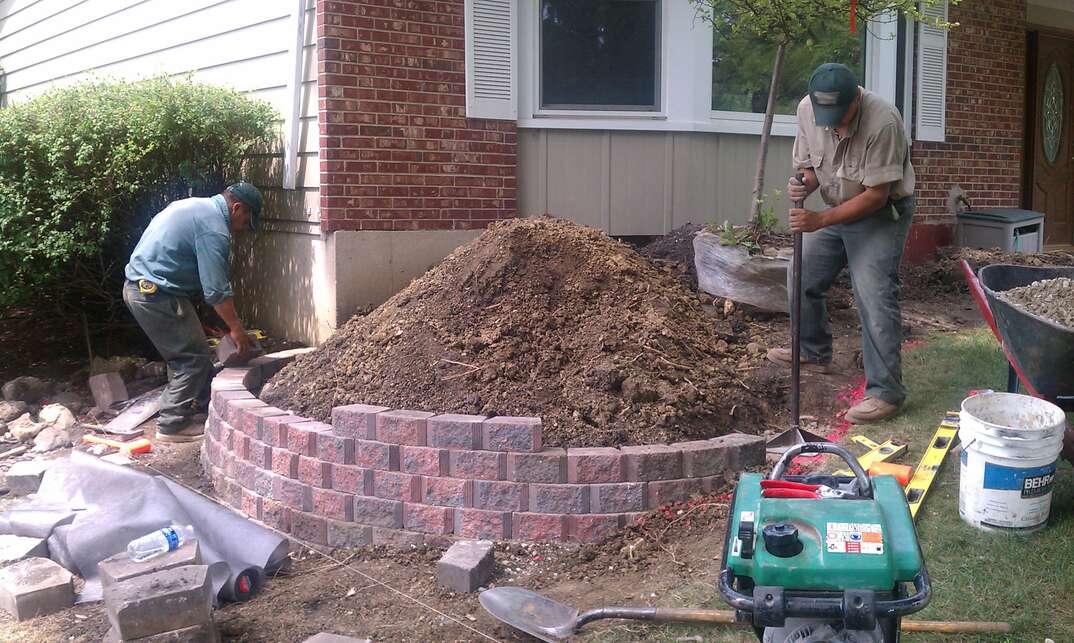
Remember that taking your time perfecting your base saves time and additional work later in your project. Once you pass these steps in the project, layering the other blocks is quick and smooth.

The base layer of a retaining wall takes the most time and effort. The video below discusses these leveling methods in more detail. You can also use a mortar bed or a poured concrete bed. If you are building a small wall, this is a great technique.Īre you building a long wall? With some larger walls, using techniques that require less time but more materials can be a better option. This technique takes time and patience but requires few tools. Leveling the base layer of block can be done simply using a mallet and level. This layer adds a smooth finish that you will tamp down before adding your blocks.Īmazon offers a Craftsman level here. Having trouble leveling your gravel layer? In some cases, you can add a small layer, about 1/2-inch to 1-inch of coarse sand, on top of your gravel. You can find a steel tamper here on Amazon. You would be surprised how much one rock or a small bump of soil can throw off the balance of your blocks. You can tamp down your soil after digging a trench, as well as the gravel layer in your base. TampingĪ handheld tamp is a great tool to use for leveling.

So, how can you ensure a level base? Let's take a closer look. Taking your time to get these layers right will save you work later on in your project. An uneven base layer will result in a lopsided wall and an unattractive sight. It is crucial that your first layer of blocks that land on top of this ground layer is level. The first steps of building a retaining wall include digging a trench and laying a ground layer of sharp gravel.
BUILDING A RETAINING WALL HOW TO
You know that your wall should be level, but how do you achieve this? Keep reading as we break down how to ensure your wall is level and explain the easiest wall to build for our DIYers. With a level base, the rest of the wall will naturally follow suit as you lay additional layers of blocks. The leveling process begins at the most vital part of your wall, the base. A great question to ask from the start is, does your retaining wall need to be level? Good news for you, we've gathered all the necessary information to give you this answer and break down the how's and why's behind it.Ī retaining wall should be level. If you are jumping into this DIY project, you probably have some questions about the logistics of it all.

You can customize your garden, increase your property value, and prevent floods in an eco-friendly fashion. Building a retaining wall on your landscape has many benefits.


 0 kommentar(er)
0 kommentar(er)
